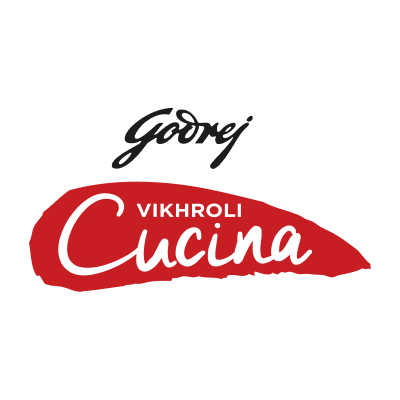
Seven elements amateur food bloggers must know about food styling
Food styling is a discipline that goes beyond making food look photogenic. It’s a challenging job that requires knowledge, patience and team work. Michael Swamy, a chef and food stylist, explores the bare essentials of food styling and the necessary groundwork that an aspirant needs to do before venturing into the field

Food styling is the art of arranging food so that it looks appetising and fresh. It relies on the knowledge of food, an artistic touch, a great amount of skill. It demands a lot of accuracy and patience. A good food stylist should be able communicate the vision of the client to the consumer by employing aesthetics, technique and knowledge of food, and the latest trends in art and design.
Great food photography is the combined efforts of a photographer and food stylist who create images that make you hungry or go "Wow!" just by looking at them. Great pictures are not only beautiful but also sell products; one buys what one sees. Amongst all disciplines of photography, food photography would be the toughest. Not only does it bring out the creative aspect of the stylist and photographer, but it also demands skill and a great sense of timing. It is said that the work of each can make or break the other.
It is a task in maximising on an effectual visual appeal for both the client and consumer. More than just cooking, it is also about communicating. It is the job of the stylist and the photographer to make the food look appealing, natural and not too complicated.
Starting out

The process requires the coordinated efforts of a good photographer, food stylist and sometimes a prop stylist or art director. But more often than not, this role is carried out by the food stylist and their assistants. Usually, food styling is carried out for print media (cookery books magazines, menu cards etc.), packaging, or for television chefs, advertising hoardings or food displays at competitions etc.
Understanding the client's needs is of utmost importance. It is important to specify whether the shoot is for print media, packaging, television or editorial work. Each form of media has its own set of parameters and guidelines.
Since makeshift kitchens are not conducive to producing great photographic results, a good food photographer should have a functional kitchen, stove, working space and refrigerator attached to the studio.
Ingenuity in motion
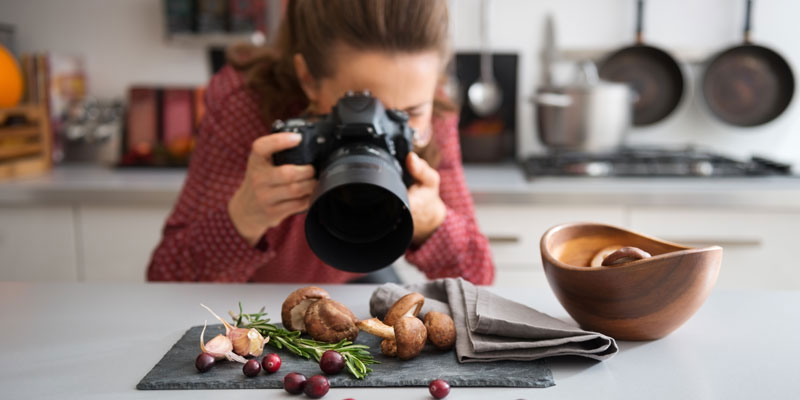
At times, the food that you see in advertisements is not real Items like fake ice, readymade sprays, smoke chips, gels and specialised props are some of the tools of the trade. But there are stylists who prefer the challenge of working with real food, and that is what makes the job more interesting. One has to constantly innovate and work with a photographer who knows a great deal about food.
Work in sync
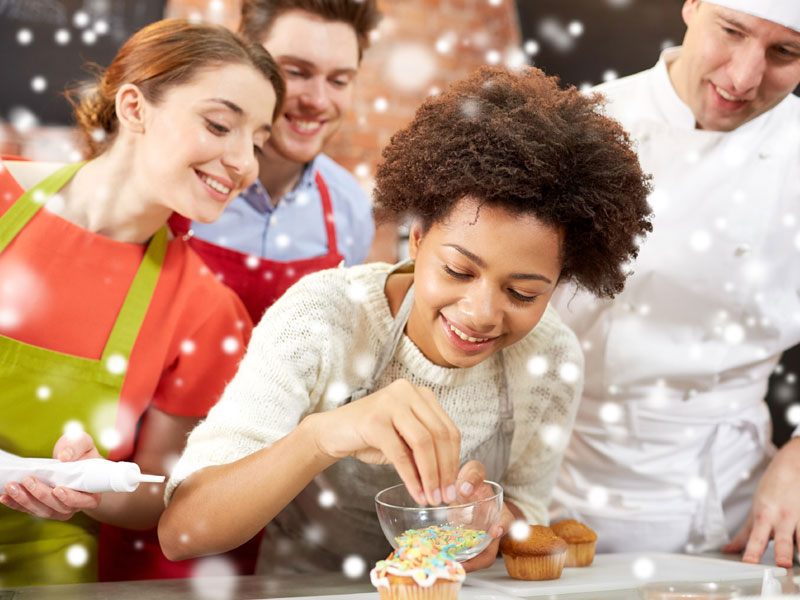
Food prepared for photography remains fresh for only a brief period. This is where the skill and decisiveness of the food stylist comes in. The stylist should work closely with the photographer as the latter may not understand the chemistry of food. All logistics, layouts and decisions such as the quantity of food in each shot and the number of shots required are handled before the shoot. Food can often look dry and unappetising in an amateur shot. The process of making it look juicy and appetising is a skill brought about by the stylist and the lighting effects of the photographer. A stand-in or a "dummy" is used in place of the actual food. Only when the shot is ready, will the food be brought out.
Light and colour
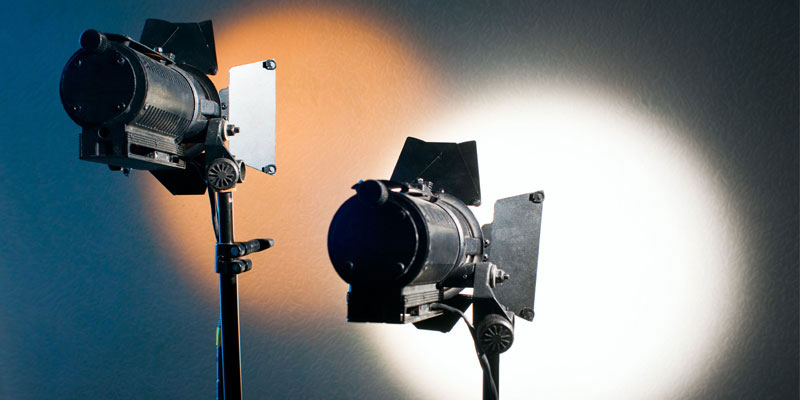
Food dries quickly under the harsh studio lights and hence it's important to employ some tricks to give it a fresh and moist look. Many a time, ingredients have to be cooked separately and then put together with much patience to give the right balance of colour, and detail with reference to the camera angles. A good photographer knows all he can about the subject in advance, learning about various aspects of food. Light-coloured food photographs well against dark backgrounds and dark-coloured food against light backgrounds. Certain colour combinations like red and green are Christmassy. Colours like red and yellow stand out well against a black background. The role of colour balance is important when it comes to packaging and drawing the eye of the customer.
Like it is the job of the photographer to learn about the subject, the stylist has to have a working knowledge of lighting, colours and photography. Learning about camera angles, back lighting and filters is as important as the knowledge of food.
Picking out the props
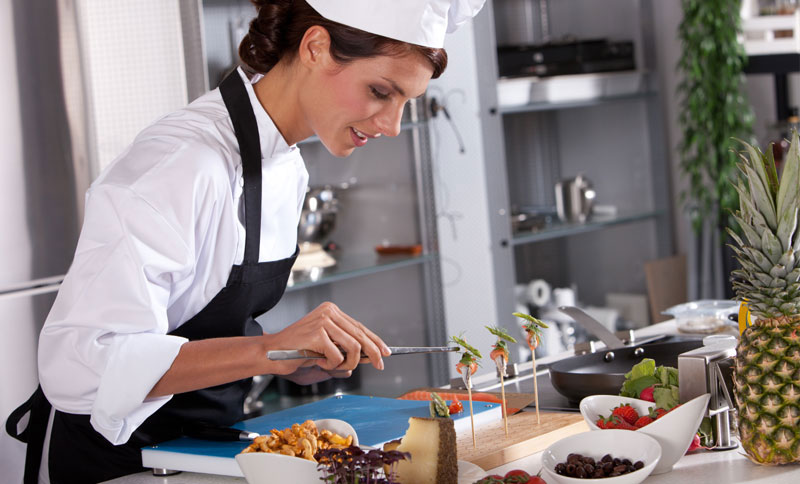
Choosing props like cutlery, plates, flowers and decorative pieces to setting them is an intrinsic part of the process and is an art by itself. It is learnt over time by working with different photographers and art directors. It is necessary for stylists to discuss with designers and producers the choice of crockery and cutlery. Shopping or browsing through markets keeps the stylist in touch with the latest trends in the industry.
Handling food
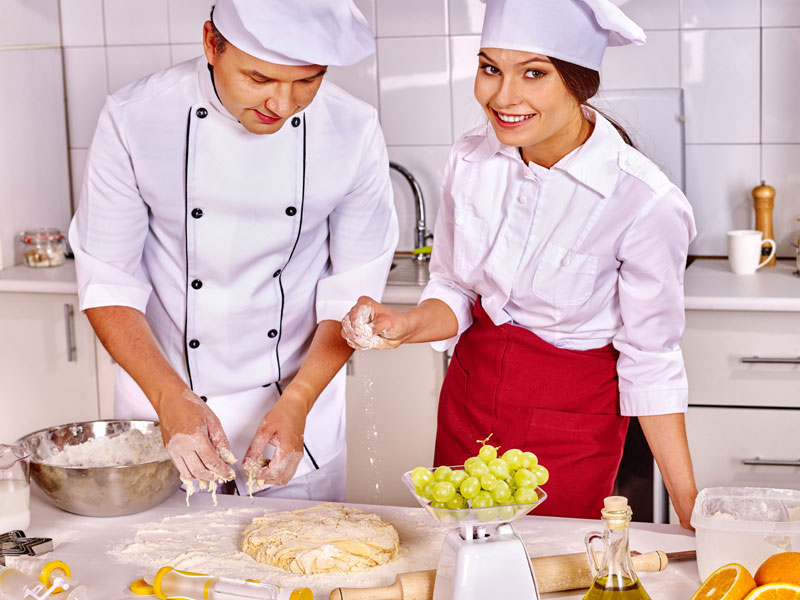
Too many cooks spoil the broth, so only the stylist and the photographer should handle the food. Since studio time is expensive, the organisational skills of the stylist and the photographer are of the utmost importance.
Pulling together
Food styling as such is not much understood in India. Major assignments for food styling in the country come through advertising agencies, which require, for instance, the representation of a food stuff that is foreign in origin for an indigenous company. Hence, agency personnel need to understand that the intricacies involved in obtaining good results in a studio cannot be created with ad-hoc conditions. A knowledgeable art director to supervise the operation is far better than a novice. More than anything else, it is important for the stylist, photographer, client and the other members of the team to put differences aside and work in unison.
Most of the time, the client may be present at the set. This can lead to a fair amount of stress. Emotions can often run high since creative differences may exist between the client and the stylist or photographer; it should be handled well and taken in one's stride. For optimum results, it is important to allow the stylist and the photographer free reign.
The world of food styling and food photography can be as exhilarating as stressful but the end result makes it oh, so worthwhile.
0 Comment
You may also like
-
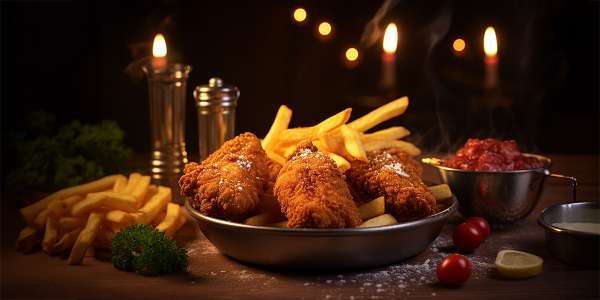
Tips & tricks Party plates: The finger foods everyone grabs first
by Vikhroli Cucina
-
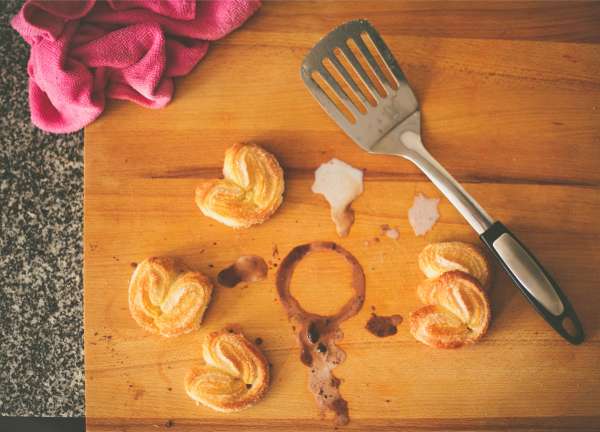
Tips & tricks 6 tiny baking errors that wreck your dessert
by Vikhroli Cucina
-
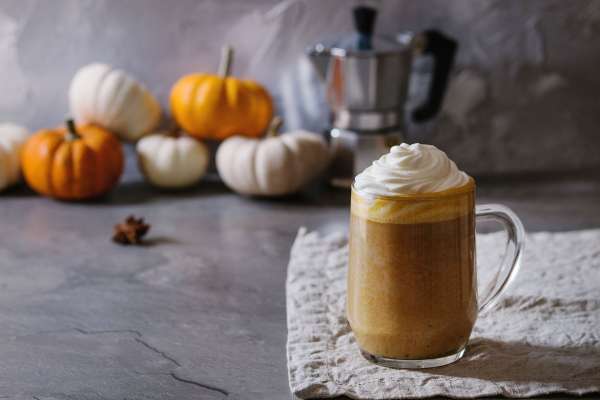
Tips & tricks Ditch Starbucks: The ultimate DIY Pumpkin Spice Latte hack is here
by Vikhroli Cucina
-

Tips & tricks DIY 15-minute Yummiez platter for a fun Children's Day bash for busy parents
by Vikhroli Cucina
